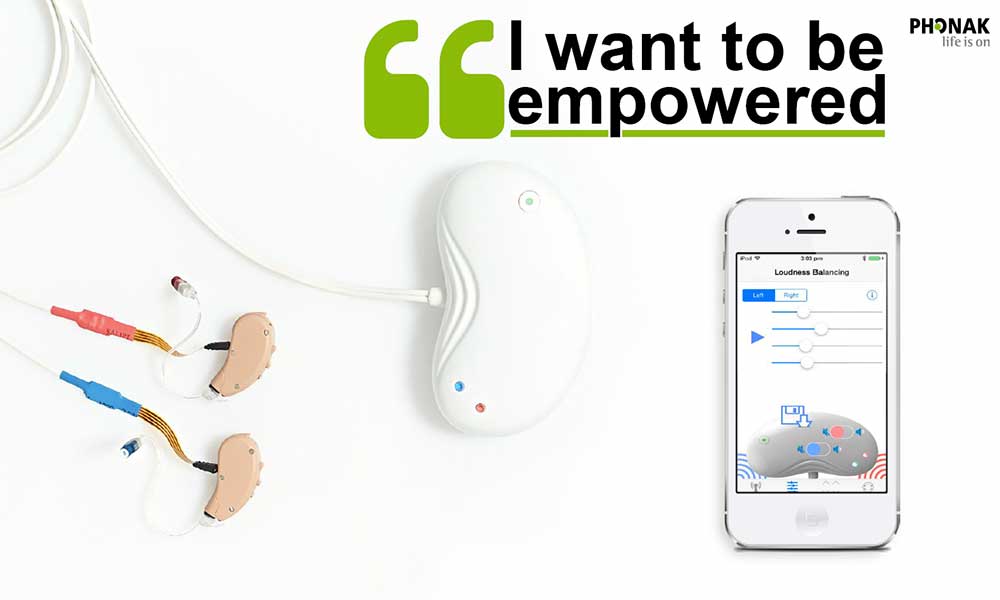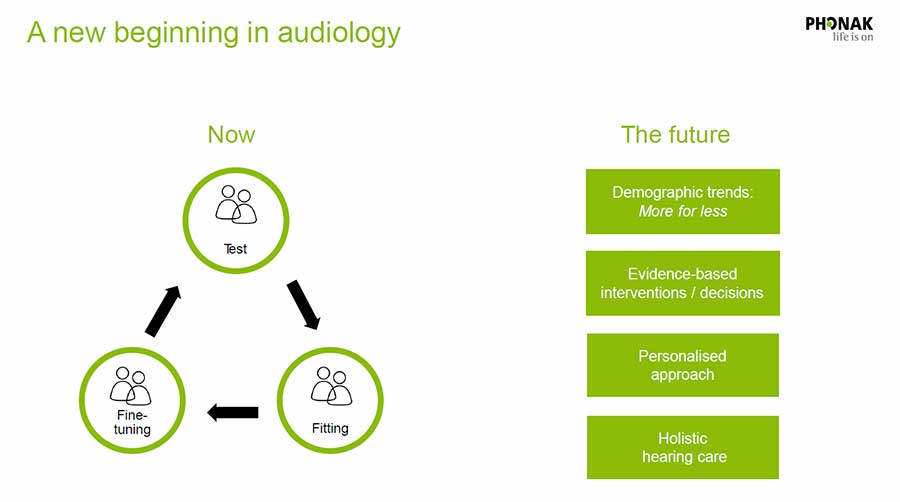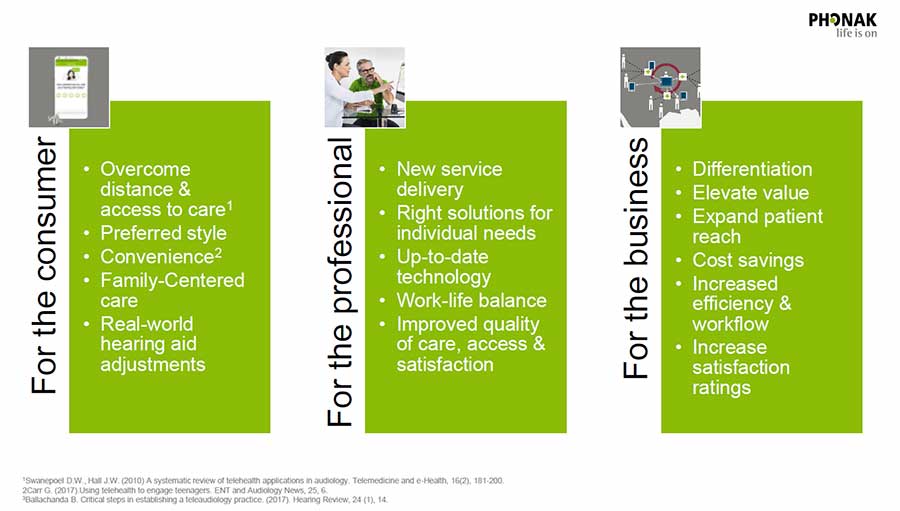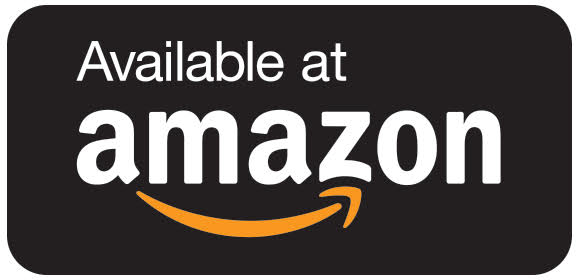All industries are experiencing some form of digital disruption, including the medical and healthcare industry. In the recent past, we have seen the beginnings of the digital disruption within hearing healthcare. For instance, Eargo, iHear and Blamey and Saunders have delivered true digital disruption by providing hearing aids online with fully supporting infrastructure. Many within hearing healthcare believe that transformation is required, in how we provide hearing healthcare, in order to survive. In the medical and healthcare field, we see several examples of transformation as a result of digital technology. At the recent Sonova Global Media Day, Phonak discussed one example that had parallels for hearing care, prosthetics. For the provision of prosthetic limbs as well as hearing aids, the clinician is integral to the care of the client. Initial needs assessment and fitting is often done face to face, where follow up care is well serviced via remote technologies. This concept has shaped their own thoughts on the digital disruption that meets consumer needs. I personally believe it is a step forward, but I think it might not be enough of a step forward.

Modern Consumers
The modern consumers that I see in my clinic have dramatically changed, they are very different from the people I saw when I first qualified. They are more active, more demanding, more sceptical and better informed. They are also more demanding, by that I mean that they want to play an active role in their healthcare. They have a wider experience of digital technologies that deliver ease of use and convenience and they expect those technologies to be available to them in healthcare. The key concerns for them are efficacy, empowerment and convenience.

Blamey and Saunders were the first to deliver a blended delivery model with the bulk of services being online and the option to go to a physical clinic if desired. Many believe that this type of model will meet the needs of modern consumers, once there is checks and balances to ensure that no underlying medical conditions are missed. For many consumers, the model makes sense because of the convenience. With the advent of OTC in the USA, it will mean that the experiences of many with hearing care will change dramatically. They will be exposed to the purchase of hearing aids online, they will be exposed to self-testing of hearing loss and self-fitting of hearing aids. They will also be exposed to remote aftercare in some cases.

Phonak realises that consumer experience will change and that will drive future demands for change within the hearing care model. The existing model of testing, fitting and service being undertaken in the clinic in person will have to change. That change was explored at the Global Media Day and Phonak laid out their own thoughts about how they can service the needs of consumers and hearing healthcare professionals alike.

In essence, Phonak see a type of blended model as the future. They believe that it will meet the needs of modern consumers, offering convenience while ensuring clinical standards. They haven't gone as far to postulate online hearing aid delivery, the model they see as best is test and fit of their products in the current manner. However, they believe that service delivery changes can meet the needs of consumers and healthcare professionals alike. They believe that a new approach will deliver benefits for both professionals and consumers.
The introduction of eAudiology to the mainstream will allow consumers to have their ongoing care delivered to them on their terms and in their timescale. Phonak's choice of eAudiology solution is to use what they call synchronous real-time sessions.

Many of the hearing aid brands appear to be moving towards this type of set-up for telecare. One brand has introduced an asynchronous settings exchange system that doesn't have a real-time element. I think that many people are divided on which is better. To be honest, from my perspective, I could see real benefit in a system that marries the two. It is clear though, that eAudiology will play a greater part in hearing care going forward. Consumers see real benefits for them in the service and I think they will demand it more and more. Phonak for one, is ready for it and moving forward with the systems to deliver it.
Moving Towards The Blended Model
I think that we will continue to move towards a blended model, one far beyond the model that Phonak is considering. In a recent quick survey that we undertook on Hearing Aid Know, we asked 269 viewers would they buy hearing aids online. An overwhelming 73% said they would with only 27% answering no. It was a pretty quick and loose survey, it was one simple question that by no means adds context or tells the entire story. Having said that, at its core, it tells us that 73% of the people asked were willing to buy hearing aids online in some form or manner. I think it is something that both the hearing aid brands and hearing care professionals need to consider.










